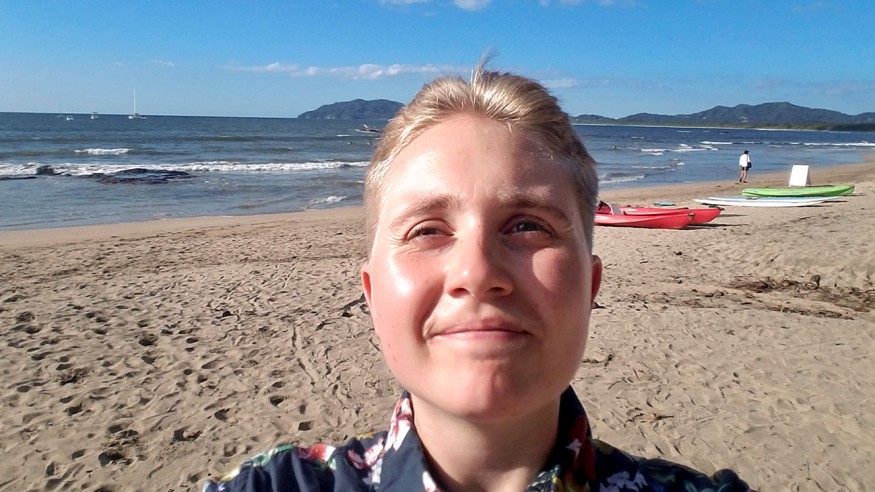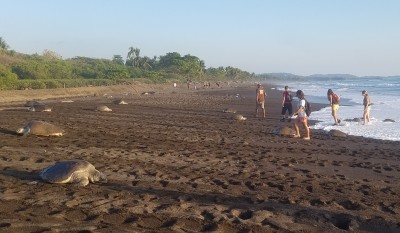It's Inauguration Week! Let the Fun Begin!
View details for Inauguration Day and access the full schedule of events.
View details for Inauguration Day and access the full schedule of events.

February 27, 2018 | By Gopika Nair '18

Name: Ryan Bishop ’17
Major: Zoology
Minor: East Asian Studies
Hometown: Sofia, Bulgaria
Experience: Theory-to-Practice Grant, “Leatherback Conservation in Costa Rica with the Earthwatch Institute”
Before graduating in December, Bishop used an OWU-funded Theory-to-Practice Grant to travel to Costa Rica to support sea turtle conservation efforts.
“The Pacific Ocean population of leatherback sea turtles is very endangered, and it is the focus of the researchers at the Goldring-Gund Research Station, affiliated with the Leatherback Trust.
“Where decades ago thousands of leatherback sea turtles used to nest on Playa Grande (where the research station is located), in the last few years, only about 20 have come out to lay eggs, which is direly worrying. However, conservation efforts there began about 20-25 years ago, and now is the time to begin seeing their effects.
“In the nine days I was there, teams patrolled the beach every night for six hours, waiting for turtles to come out with the high tide and lay eggs. Eggs are then taken and transported to a safe hatchery. It can be tiring and icky work, especially in the high humidity and temperatures on the beach. In those nine days, we had a remarkable number of leatherback turtles come out—four or five.

“Three of them came out in one night; I was there to help with two (one even hit me with its flipper). Considering that my stay there was only a fraction of the nesting season, it was very encouraging to have this many turtles come out in such a short time, and I was also just immensely lucky to see them. They are majestic creatures. Often, their carapaces will be covered in barnacles and bioluminescent creatures, and when you swipe your hand over them in the night, they will glow. ...
“This expedition allowed me to see a lot of what I learned about conservation in class applied directly in the field. It showed me the devotion that biologists have to their work, and it basically allowed me to experience my major in practice.
“I previously had amazing experiences on a Theory-to-Practice Grant going to Taiwan to learn about the Taiwanese queer community, and I knew that the TPG program is an amazing way to develop a project of one’s own or embark on a program you usually wouldn’t be able to afford.
“TPGs allow students to craft their own project and research, planning everything from scratch independently or with a professor, which is very empowering for undergraduates and gives them a chance to see what developing a project and applying for a grant is like in academia. … It is an incredible way to take part in field work and The OWU Connection allowed me to experience it, thanks to our generous donors in this case, Andres Duarte ’65.”
“I was looking for zoology programs in the U.S. and OWU’s stood out. OWU also offered me a great financial aid package, without which I would’ve been unable to attend.”
“I am currently an environmental education intern at Stratford Ecological Center and hope to develop a career in wildlife conservation and social justice activism.”